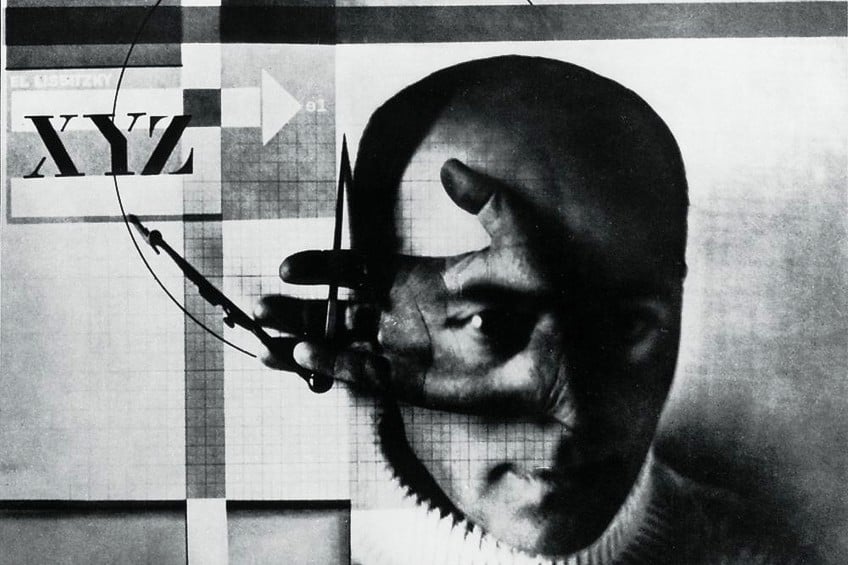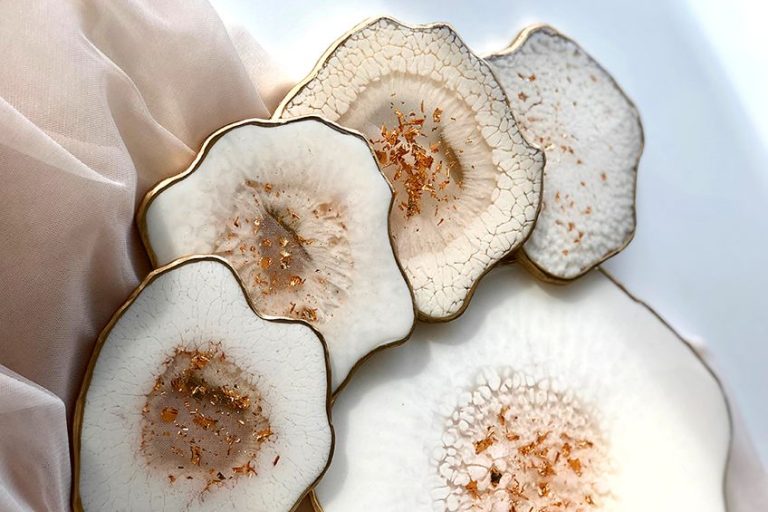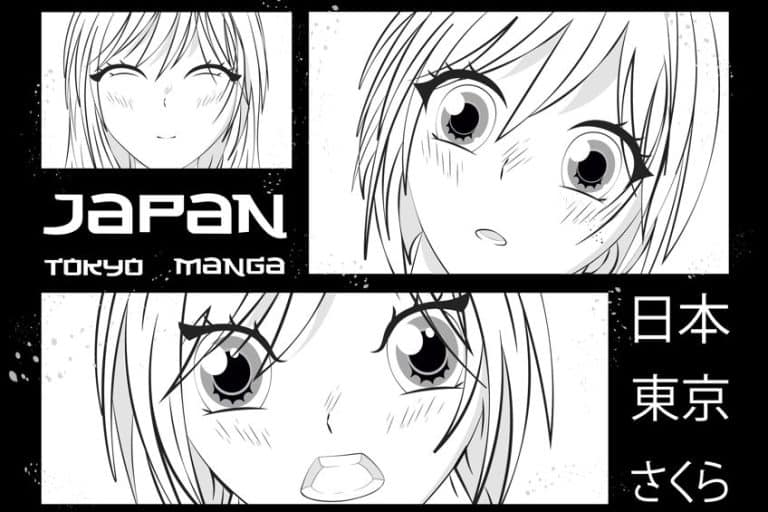Photomontage Art – Cut, Paste, and Create
Photomontage art, often referred to as “montage photography,” is a captivating and innovative form of artistic expression that seamlessly combines various photographic elements to create striking and thought-provoking compositions. In this article, we delve into the world of photomontage art to explore questions such as: “what is photomontage art?”, “how has photomontage art evolved?”, and “who are the visionary photomontage artists behind these creations?”. Through their imaginative lens, these artists transform the ordinary into the extraordinary, inviting viewers to interrogate and re-envision reality around them.
Table of Contents
What Is Photomontage Art?
Photomontage art, a stunning and imaginative form of artistic manifestation, has been pushing the boundaries of conventional photography for over a century. This dynamic art form seamlessly combines various photographic elements to create striking and thought-provoking compositions that challenge our perceptions of reality.
In this section of the article, we will delve into the origins of montage photography.
Origins of Photomontage Art
Photomontage art can trace its origins back to the early 20th century, a time when avant-garde artists boldly experimented with the medium. Among the pioneering figures of this innovative movement, the German artist Hannah Höch (1889-1978) stands as a remarkable trailblazer, often credited with coining the term “photomontage.” Hannah Höch’s contributions to the world of photomontage were nothing short of groundbreaking. Her iconic work, Cut with the Kitchen Knife Dada Through the Last Weimar Beer-Belly Cultural Epoch of Germany, created between 1919 and 1920, serves as a powerful testament to her vision and creative prowess.
Through this extraordinary piece, she ushered in a new era of artistic exploration, where the conventional boundaries of photography were shattered, and an entirely unique and thought-provoking realm of art emerged.
We will look at this fascinating artwork more closely later in the article. Photomontage art’s emergence in the early 20th century was closely intertwined with the Dada movement, a powerful cultural and artistic force that emerged in Europe during and after World War One. The Dadaists, driven by a rejection of traditional artistic norms and a keen embrace of absurdity and anti-establishment views, found in photomontage the perfect medium to express their unconventional perspectives.
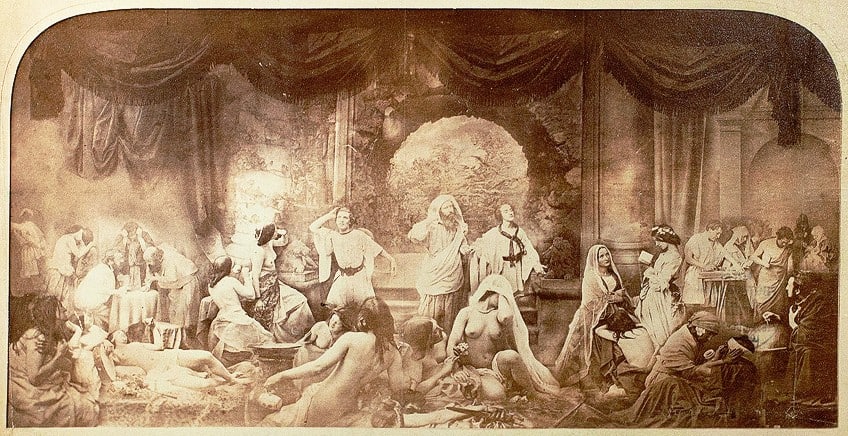
This form of art offered a canvas for Dadaists to deconstruct and reinterpret reality in entirely novel ways. The juxtaposition of seemingly unrelated images and text allowed for a subversion of established meaning and an invitation to viewers to question the status quo. The Dadaists reveled in the freedom of photomontage, using it as a tool to create art that was both visually compelling and intellectually challenging.
Techniques and Creation
Photomontage art, with its striking and thought-provoking compositions, is a medium that captivates the imagination and challenges the conventional boundaries of photography. This innovative art form revolves around the meticulous arrangement of multiple photographic elements, resulting in a singular, cohesive narrative.
To understand the techniques and creation process behind photomontage art is to delve into the realm of visual storytelling, where artists wield their creativity to craft narratives that evoke emotions, provoke thought, and inspire wonder.
Gathering Source Material
The cornerstone of photomontage creation is the compilation of source materials. These materials can be drawn from a wide array of sources, including vintage magazines, personal photographs, historical images, and contemporary digital snapshots. The artist’s choice of source material is crucial, as it sets the stage for the narrative they aim to construct. Each image, each fragment, serves as a puzzle piece in the intricate mosaic of the final composition.

In the early days of photomontage, artists like Hannah Höch relied on physical photographs and illustrations, cutting and arranging them by hand. However, in the digital age, contemporary photomontage artists have access to a vast digital repository of imagery. This shift did not just expand the pool of available source material but also allowed for a higher level of preciseness and sophistication in the creation process.
The Digital Advantage
Modern photomontage artists often turn to powerful digital software tools to manipulate and arrange their source material. This digital advantage allows for a level of creative control and precision that was previously unattainable. The software empowers artists to resize, reshape, and seamlessly blend images, fostering an unparalleled degree of artistic freedom. Digital technology also offers the opportunity to experiment with color schemes, lighting, and texture, enabling artists to infuse their compositions with a distinctive atmosphere and mood.
These tools are akin to a virtual artist’s studio, offering endless possibilities for creative expression.
Composition As the Key
The heart of photomontage art lies in the composition. Artists must harness their keen eye for visual storytelling, selecting and arranging their elements with care and intention. This process is akin to assembling a puzzle, where each piece plays a vital role in conveying a specific message or evoking a particular emotion. The artist’s skill in weaving these disparate elements into a cohesive whole determines the success of the photomontage. Composition in photomontage art extends beyond the arrangement of images. Text, if incorporated, becomes an integral part of the narrative.

Typography and lettering are carefully chosen to complement the visual elements and enhance the overall impact of the composition. The end result is a thoughtfully constructed story—a visual poem—that invites viewers to interpret and engage with the art on multiple levels. Each photomontage is a unique expression of the artist’s vision, often open to multiple interpretations, and thereby fostering a sense of discovery for those who encounter it.
Themes and Narratives
Photomontage art, with its remarkable ability to blend disparate elements into a single, harmonious arrangement, offers artists a boundless canvas upon which to express their creativity. This medium is not confined to any specific theme or subject matter, allowing artists to draw inspiration from a wide array of sources.
Whether fueled by political events, social issues, personal experiences, or even dreams, photomontage artists craft narratives that resonate with viewers, inviting them to explore, question, and engage with the art on a profound level.
Exploring Diverse Themes
One of the defining features of photomontage art is its remarkable versatility. Artists are not limited by a predetermined set of themes; instead, they are free to explore a vast spectrum of subjects. The possibilities range from surreal and dreamlike compositions that transport viewers to imaginative realms to powerful political statements that challenge the status quo and provoke thought.
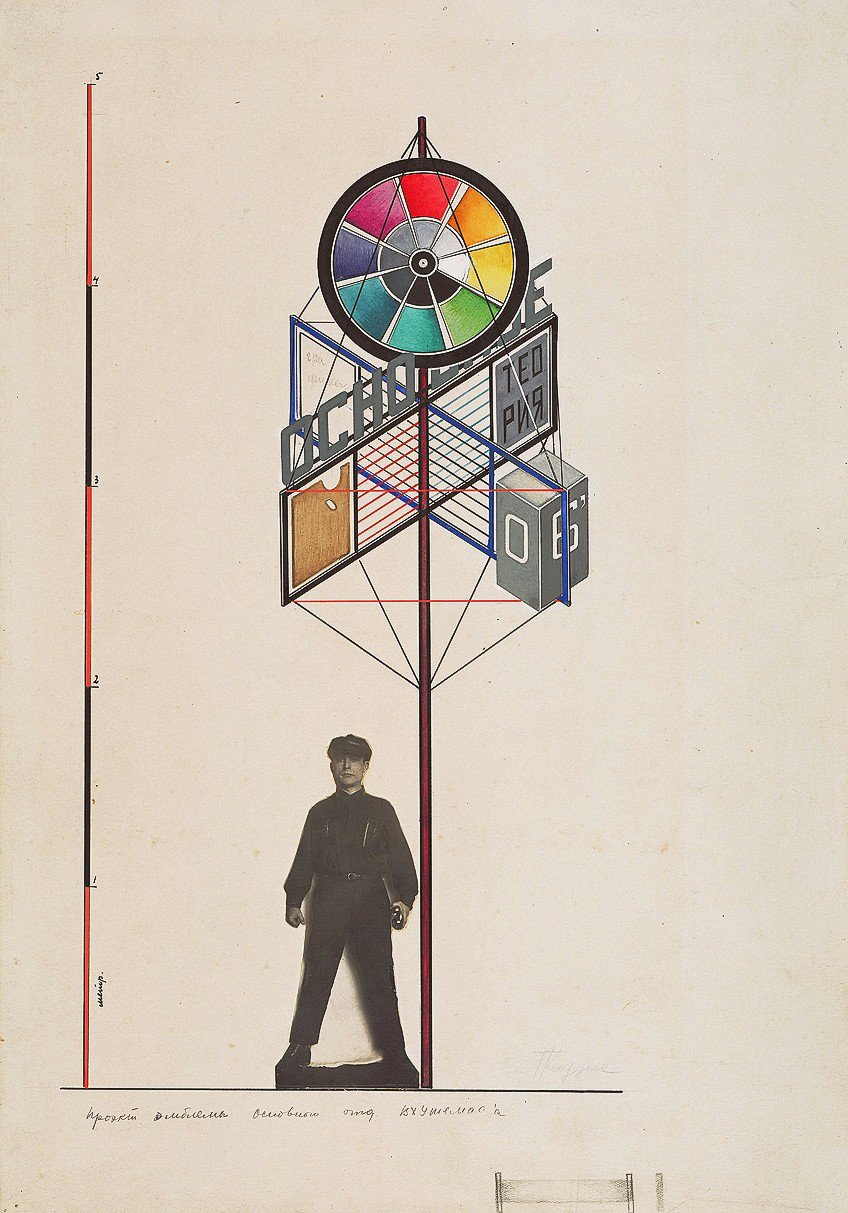
A Vehicle for Social Commentary
Photomontage artists often employ their work as a powerful means of social commentary. Through their creations, they hold a mirror to the world, urging viewers to consider new perspectives and question the established order.
The juxtaposition of disparate images and the interplay of elements within photomontages can lead to the development of visually compelling narratives that prompt viewers to delve deeper into the artwork.
Political Statements
Throughout history, photomontage art has proven to be a formidable tool for political expression. Artists have harnessed the medium to make bold statements about the political climate, social injustices, and human rights issues. Perhaps one of the most iconic examples is the work of John Heartfield, who, during the tumultuous years of the Weimar Republic in Germany, used photomontage to create impactful political posters that challenged authoritarianism and totalitarianism.
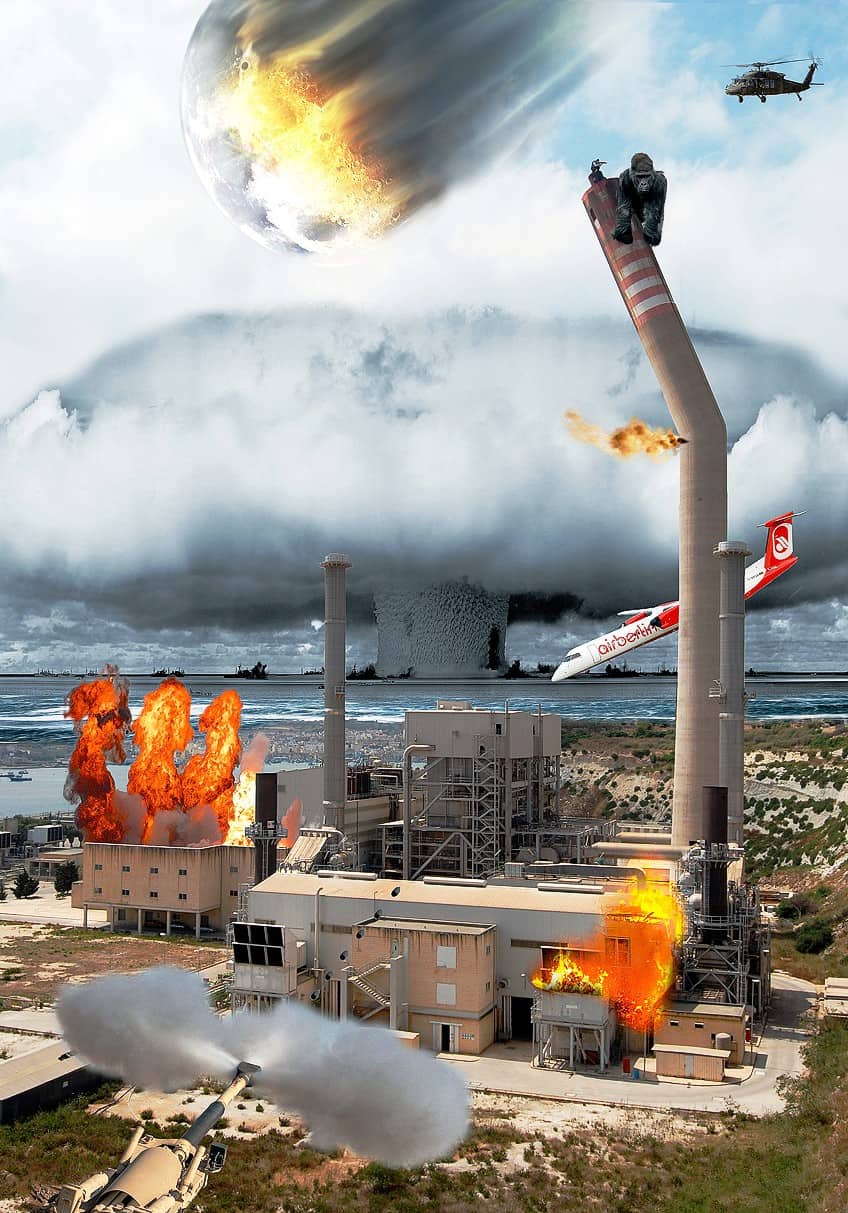
Exploration of Personal Experience
On a more personal level, photomontage artists often draw inspiration from their own experiences and emotions. By weaving elements from their lives into their work, they create pieces that resonate with the human condition and convey the richness and complexity of personal journeys.
This intimate form of self-expression allows artists to connect with their viewers on a deeply emotional level.
Dreams and Surrealism
The world of dreams and surrealism has long been a fascinating source of inspiration for photomontage artists. By juxtaposing dreamlike elements and ordinary imagery, they transport viewers to realms where reality blends seamlessly with the extraordinary. These compositions invite us to consider the power of the subconscious and the curious landscapes of our inner minds.

Photomontage Artists
Throughout the past, multiple creatives have made momentous contributions to the world of photomontage art. Apart from Hannah Höch, notable figures include John Heartfield (1891-1968), who employed photomontage to create striking political posters during the Weimar Republic; David Hockney (1937-Present), whose photo collages expanded the boundaries of the medium; and contemporary artists like Jerry Uelsmann (1934-2022) and Maggie Taylor (1961-Present), who have embraced digital tools to redefine photomontage in the 21st century.
Hannah Höch: A Pioneer of Photomontage and Dadaist Visionary
| Date of Birth | 1 November 1889 |
| Date of Death | 31 May 1978 |
| Place of Birth | Gotha, Germany |
| Nationality | German |
| Art Movement | Dadaism |
| Mediums Used | Photomontage, collage, and painting |
Hannah Höch, a name celebrated in the annals of art history, stands as a pioneering figure in the world of photomontage and an iconic visionary of the Dadaist movement. Born on November 1, 1889, in Gotha, Germany, Höch’s artistic journey spanned a tumultuous period of history, marked by world wars and profound cultural shifts. Her work and creative spirit continue to inspire generations of artists, pushing the boundaries of conventional art and thought.
Höch’s unforgettable mark on the art world can be attributed to her groundbreaking contributions to photomontage.
She is often credited with coining the term “photomontage” itself, a technique that involved the artful combination of photographs, illustrations, and text to create visually striking and thought-provoking compositions. In her most iconic work, “Cut with the Kitchen Knife Dada Through the Last Weimar Beer-Belly Cultural Epoch of Germany,” created between 1919 and 1920, she offered a powerful commentary on the social and political upheaval of the Weimar Republic. Through her pioneering use of photomontage, Höch ushered in a new era of artistic exploration that shattered the conventional boundaries of photography and set the stage for countless artists to follow.

Höch’s artistic journey was closely intertwined with the Dadaist movement, a radical artistic and cultural force that emerged in the aftermath of World War One. Dadaism, with its rejection of traditional artistic norms and embrace of absurdity and anti-establishment views, found a perfect conduit in the form of photomontage. Höch, along with other Dadaists, reveled in the freedom this medium offered to deconstruct and reinterpret reality in entirely novel ways. Through her work, she harnessed the creative rebellion of Dadaism to challenge societal norms and offer fresh perspectives on contemporary issues.
Höch’s art was marked by its versatility, with themes ranging from surreal and dreamlike compositions to powerful political statements.
Her use of photomontage as a vehicle for social commentary was particularly notable. Through her art, she challenged the status quo, questioned the meaning of reality, and invited viewers to engage with her work on a deeper level. As an artist, Höch demonstrated a keen eye for composition, selecting and arranging her elements with care and intention, akin to assembling a complex puzzle where each piece contributed to the overarching narrative. Her work, both visually compelling and intellectually stimulating, continues to challenge and inspire viewers to this day.
Hannah Höch’s legacy in the art world endures as a testament to the power of creative innovation and the profound impact that art can have on society and culture. Her pioneering spirit and unwavering commitment to pushing artistic boundaries have left an indelible mark on the world of photomontage and Dadaism, ensuring that her work will continue to inspire and influence artists for generations to come.
Cut with the Kitchen Knife Dada Through the Last Weimar Beer-Belly Cultural Epoch of Germany (1919 – 1920)
| Artist Name | Hannah Höch (1889 – 1978) |
| Date | 1919 – 1920 |
| Medium | Photomontage and collage |
| Dimensions (cm) | 114 × 90 |
| Current Location | Staatliche Museen, Berlin, Germany |
Cut with the Kitchen Knife Dada Through the Last Weimar Beer-Belly Cultural Epoch of Germany is an intricate and densely layered composition. It is a large-scale collage that features a multitude of images and text fragments meticulously arranged in a chaotic yet harmonious manner. The arrangement is almost maze-like, inviting the viewer to explore its various elements. The hallmark of Höch’s work is the skillful juxtaposition of disparate elements. She seamlessly blends photographs of people, objects, and places with text, creating a dynamic interplay of visual and textual elements. These elements are often taken from mass media sources, reflecting the influence of popular culture on the artwork. Höch’s use of color is deliberate and diverse, adding depth and intricacy to the piece.
The textures of the source materials, often vintage newspaper clippings and illustrations, introduce a tactile quality to the artwork, grounding it in the material world.
In the midst of this collage, central figures emerge. Notably, the figure of a female head, likely a self-portrait of Höch, serves as an anchor amid the chaos. Her presence hints at the artist’s own role in the Dadaist movement and her view as a female artist in a male-dominated art field. Cut with the Kitchen Knife Dada Through the Last Weimar Beer-Belly Cultural Epoch of Germany is a quintessential Dadaist artwork. It embodies the Dada movement’s rejection of tradition, its celebration of absurdity, and its critique of the established order. The chaotic and fragmented composition mirrors the chaos and disillusionment of the post-World War One era in Germany.
Höch uses photomontage to offer a sharp commentary on the cultural and political climate of Weimar Germany. The juxtaposition of various images and text fragments creates a cacophony that reflects the tumultuous period. She challenges the societal norms and political turmoil of the time, questioning the very foundations of the cultural epoch. The presence of the female head in the collage speaks to Höch’s feminist perspective. As one of the few female Dadaists, she used her art to challenge gender roles and expectations.
Her inclusion in the composition represents her defiance against the male-dominated art world and her assertion of a strong female presence in the Dada movement. The use of wit and satire is another hallmark of Dadaism. Höch incorporates satirical elements, such as caricatures of public figures, to mock and ridicule the cultural and political elites. These elements add depth to the artwork and underscore its Dadaist spirit.
George Grosz: A Satirical Visionary and Icon of the Weimar Era
| Date of Birth | 26 July 1893 |
| Date of Death | 6 July 1959 |
| Place of Birth | Berlin, Germany |
| Nationality | German (later became an American citizen) |
| Art Movement | Dadaism, New Objectivity, and Expressionism |
| Mediums Used | Drawing, painting, printmaking, and illustration |
George Grosz, a provocateur of the pen and brush, carved a distinctive place in the annals of 20th-century art. Born on July 26, 1893, in Berlin, Germany, Grosz’s artistic journey unfolded amid the turbulent backdrop of the Weimar Republic. His work, steeped in satire, social commentary, and biting political critique, embodies the spirit of an era marked by societal upheaval and disillusionment. Grosz’s art is indelibly associated with the Dada and New Objectivity movements, both of which sought to challenge established norms and question the status quo. His sharp and often grotesque caricatures unapologetically depicted the moral decay, political corruption, and social inequalities of the time.
With a fearless pen, he laid bare the hypocrisy and absurdity of the Weimar era, earning a reputation as one of the most incisive satirists in the world of art.
A master of various mediums, Grosz was an inventive illustrator, painter, and printmaker. His work encompassed scathing drawings, nightmarish paintings, and haunting prints that captured the essence of a society on the brink of collapse. One of his most celebrated series, Ecce Homo (1923), offered a searing indictment of post-World War One Germany, where militarism, decadence, and moral decay reigned.
Grosz’s art remains proof of the power of graphic irony and political critique. His unflinching and critical eye invited viewers to confront the uncomfortable truths of their time, challenging them to reflect on the consequences of unchecked power and societal complacency. As an artist, George Grosz was an unapologetic provocateur, an astute observer, and a fearless critic who used his talents to expose the underlying hypocrisies and injustices of his era.
His legacy endures as a stark reminder of the role art can play in critiquing and reflecting on the world it inhabits.
Daum Marries Her Pedantic Automaton (1920)
| Artist Name | George Grosz (1893 – 1959) |
| Date | 1920 |
| Medium | Mixed media on canvas |
| Dimensions (cm) | 42 × 30.2 |
| Current Location | Berlinische Galerie, Berlin, Germany |
Daum Marries Her Pedantic Automaton is a visually striking and chaotic composition. It presents a densely layered montage of photographic and drawn elements, each carefully arranged to create a narrative. The composition invites viewers to explore its many intricacies, much like navigating a surreal landscape. Grosz expertly juxtaposes various photographic and illustrated elements to create a satirical and absurd scene. The central figure of Herwarth Walden (1878-1941), a real-life art dealer and the publisher of the magazine “Der Sturm,” is dressed in a military uniform, reflecting the widespread militarization and societal disillusionment of the post-World War One era. He is depicted marrying a robotic figure, highlighting the dehumanizing and mechanistic qualities of contemporary society.
Grosz’s caricature of Herwarth Walden is highly exaggerated, with angular features and a grotesque, mask-like expression.
This distortion adds a satirical and critical dimension to the artwork, emphasizing the absurdity of the marriage between an individual and a machine. Daum Marries Her Pedantic Automaton is a quintessential example of Grosz’s satirical approach. It lampoons the art world and contemporary society, criticizing the mechanization, conformity, and dehumanization he saw emerging in the wake of World War One. The marriage between a human and a mechanical automaton symbolizes the dehumanizing effects of societal conformity and pedantic intellectualism.
The artwork embodies the Dadaist and Surrealist spirit of the time, challenging established norms and reality. Grosz’s photomontage disrupts conventional visual storytelling and embraces the absurd, reflecting the Dadaist rejection of tradition and the Surrealist exploration of the subconscious. The distorted depiction of Herwarth Walden in a military uniform and the inclusion of text highlight the socio-political upheaval and disillusionment that characterized the Weimar Republic. Grosz’s work serves as a sharp critique of authority figures and the military-industrial complex that exerted immense influence in post-war Germany.
In conclusion, the world of photomontage art has proven to be a captivating realm where the boundaries of conventional photography are delightfully pushed and reimagined. Photomontage artists, from Dadaists like Hannah Höch to contemporary digital wizards like Ria Patricia Röder (1983 – Present), have harnessed the power of montage photography to convey messages, challenge norms, and offer fresh perspectives on our ever-evolving world. As this art form continues to evolve, it celebrates both the past and the future, inviting us to question, reimagine, and explore the multifaceted possibilities of visual storytelling. In the world of photomontage, things that we take for granted are transformed into extraordinary scenes, and the onlooker is invited to imagine a new world where reality is reshaped and redefined at every turn.
Frequently Asked Questions
What Is Photomontage Art?
Photomontage art is a creative technique that involves combining and layering different photographic elements, such as photographs, illustrations, and text to form a single and cohesive composition. This innovative art form allows artists to blend and juxtapose diverse visual elements, resulting in striking and often thought-provoking narratives. Montage photography challenges the conventional boundaries of photography, and invites viewers to explore new perspectives and interpretations through the interplay of imagery and text. It is a powerful means of visual storytelling that has been employed to convey social commentary, evoke emotions, and provoke thought, making it a dynamic and versatile medium in the world of contemporary art.
What Is the Difference Between Photomontage Art and Collage?
Photomontage art and collage are both artistic techniques that involve the assembly of various elements to create a unified composition, but they differ in the nature of the elements used. In collage, artists typically use physical materials such as cut-out paper, fabric, or objects that are physically pasted onto a surface. Collage often has a tactile and three-dimensional quality, with a focus on the texture and physicality of the materials. Photomontage, on the other hand, primarily involves the combination of photographic elements, which may include photographs, illustrations, or text that are often digitally manipulated or arranged using software. Photomontage places a strong emphasis on the blending and juxtaposition of photographic images to create a narrative or message.
How Do You Make a Good Photomontage?
To create a good photomontage, start with a clear concept or theme that guides your composition. The success of a photomontage often hinges on how effectively it conveys a message or emotion, so ensure that your composition tells a compelling story or conveys a specific mood. This can be done by carefully selecting and gathering a variety of photographic elements, ensuring that they relate to your chosen theme. Pay attention to the visual harmony of these elements by considering factors like color, texture, and lighting. Using photo editing software, skillfully blend and arrange the components to create a seamless and engaging narrative. Experiment with the arrangement, as well as opaqueness and layering, to attain the wanted pictorial impact. Ultimately, trust your creative instincts, refine your work, and strive to create a photomontage that captures the viewer’s imagination and evokes a strong response.
Nicolene Burger is a South African multi-media artist, working primarily in oil paint and performance art. She received her BA (Visual Arts) from Stellenbosch University in 2017. In 2018, Burger showed in Masan, South Korea as part of the Rhizome Artist Residency. She was selected to take part in the 2019 ICA Live Art Workshop, receiving training from art experts all around the world. In 2019 Burger opened her first solo exhibition of paintings titled, Painted Mantras, at GUS Gallery and facilitated a group collaboration project titled, Take Flight, selected to be part of Infecting the City Live Art Festival. At the moment, Nicolene is completing a practice-based master’s degree in Theatre and Performance at the University of Cape Town.
In 2020, Nicolene created a series of ZOOM performances with Lumkile Mzayiya called, Evoked?. These performances led her to create exclusive performances from her home in 2021 to accommodate the mid-pandemic audience. She also started focusing more on the sustainability of creative practices in the last 3 years and now offers creative coaching sessions to artists of all kinds. By sharing what she has learned from a 10-year practice, Burger hopes to relay more directly the sense of vulnerability with which she makes art and the core belief to her practice: Art is an immensely important and powerful bridge of communication that can offer understanding, healing and connection.
Nicolene writes our blog posts on art history with an emphasis on renowned artists and contemporary art. She also writes in the field of art industry. Her extensive artistic background and her studies in Fine and Studio Arts contribute to her expertise in the field.
Learn more about Nicolene Burger and the Art in Context Team.
Cite this Article
Nicolene, Burger, “Photomontage Art – Cut, Paste, and Create.” Art in Context. November 17, 2023. URL: https://artincontext.org/photomontage-art/
Burger, N. (2023, 17 November). Photomontage Art – Cut, Paste, and Create. Art in Context. https://artincontext.org/photomontage-art/
Burger, Nicolene. “Photomontage Art – Cut, Paste, and Create.” Art in Context, November 17, 2023. https://artincontext.org/photomontage-art/.


